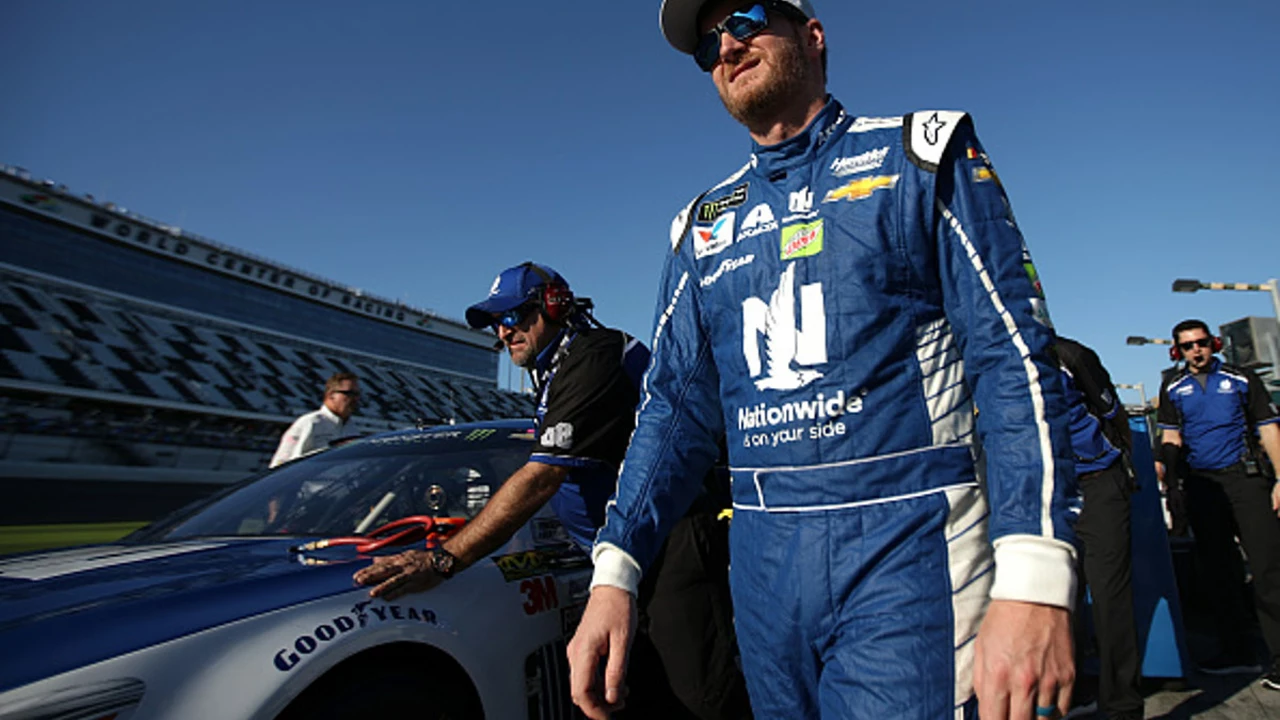Getting Started in Motorsports: Simple Steps to Hit the Track
Ever watched a race and thought, "I could do that"? You’re not alone. The thrill of speed, the roar of engines, the rush of a perfect corner – it’s all within reach. The biggest mistake beginners make is waiting for the perfect moment. The truth? The perfect moment is now, and the first step is easier than you think.
First Things First: Licensing and Safety
Before you even think about a car on a track, you need a racing license. Most countries require a valid license from the national motorsport authority – think Motorsport UK or the FIA. Getting one usually means passing a written test and a practical assessment. It sounds stricter than a regular driver’s licence, but the process teaches you the rules that keep everyone safe.
Safety gear isn’t optional either. A proper helmet, fire‑proof suit, gloves, and shoes are the minimum. Many schools provide the gear for beginners, so you don’t have to invest a fortune right away. Remember, a cheap helmet can cost you more in the long run.
Training, Schools, and Finding Your First Race
Now that the paperwork is sorted, it’s time to learn how to drive a race car. Performance driving schools are the best place to start. For example, the Simraceway Performance Driving Center near San Francisco offers courses for every skill level, from basic car control to full racecraft. Their instructors are seasoned racers who know how to break down complex techniques into bite‑size lessons.
If you’re not near a big school, look for local clubs or track days. Many circuits host beginner events where you can bring your own car or rent a race‑ready vehicle. These sessions are low‑pressure and give you a real feel for the track without the stress of a full competition.
Age? Don’t let it stop you. Plenty of drivers started in their 30s and still made a name for themselves. The key is realistic expectations and consistent training. Racing categories like club racing or historic car events often have age‑friendly brackets, so you won’t feel out of place.
Finding a race to enter is easier than you think. Websites and social media groups dedicated to motorsport often post upcoming events, from drag strips to endurance races. If you’re curious about street racing, remember it’s illegal in most places. Stick to organized events – they’re safer, legal, and provide better learning opportunities.
Finally, keep the passion alive by watching motorsport movies or documentaries. Films like "Rush" or "Le Mans: 24 Hours" show the sport’s history and give you a sense of what to aim for. They’re also a fun way to understand the dedication required.
Getting into motorsports is a mix of paperwork, training, and finding the right community. Start with the license, gear up, hit a school, and then dive into a beginner race. Before you know it, you’ll be swapping stories with seasoned drivers and planning your next track day. Ready to rev the engine? The track is waiting.

How would I get into motor racing as a 23 year old?
As a 23-year-old, getting into motor racing involves a few key steps. Firstly, you need to understand the sport, its rules and safety measures. Next, getting a basic education in driving and mechanics is crucial. It's also important to gain some hands-on experience, possibly through go-karting or attending a racing school. Lastly, networking within the industry, joining a racing club, and persistently seeking opportunities can lead you to your first race.
read more

